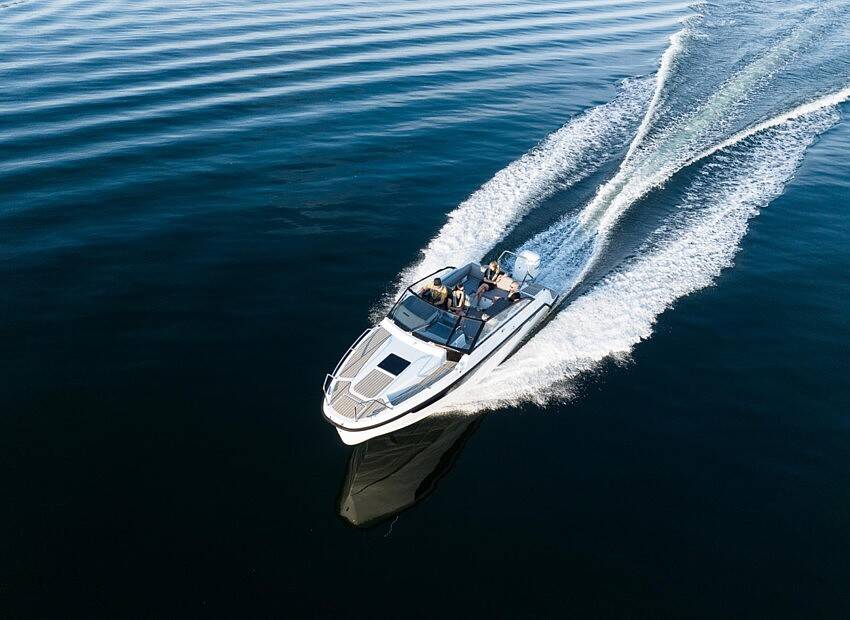MARITIME TOURISM IN THE ADRIATIC SEA
Since 2013 Adriatic Sea Tourism Report provides an annual document dedicated to the analysis and description of maritime tourism and passengers traffic in the Adriatic Sea. At its 4th edition Adriatic Sea Tourism Report is a reliable tool to be informed and to deepen quantitative and qualitative info about cruise, ferry, sailing and yachting tourism in the Adriatic Sea.
Again in 2016 this report is the result of an extensive dialogue carried out by Risposte Turismo with many Adriatic stakeholders – among them ports and marinas (individual and networks), passenger terminals, charter operators, tourism companies and national institutes of statistics – we would like to thank for their collaboration. It is also the result of a continuous effort in terms of analysis, studies, search of info and data about traffics, investments, priorities, strategies and plans related to the dynamics of the monitored sectors in the Adriatic area and not only.
As for the previous editions, the 2016 report contains, together with this introduction, three chapters each of them focused on cruise, ferry, and sailing and yachting, to close with a final chapter that tries to summarize and highlight few strategic elements to better understand and frame the all Adriatic area as a unique one for the entire maritime tourism sector. The document is mainly made up of an examination of the movements of tourists by sea, recording flows, dimensions, directions and behaviours in tables, graphs and maps. For the fourth year in a row a double ad-hoc survey, addressed to marinas and charter companies, realised in the first months of 2016, completes the statistical data highlighting information related to demand and supply of nautical tourism in the area with a transnational perspective, an element that characterises the Adriatic Sea Tourism Report series.
The Adriatic is an international space that still requires a considerable amount of work in order to be fully recognised as a destination with its own image, position and character. Studies and analysis like this may give a contribution but a stronger commitment both from public and private operators is needed. The summary of data that follows below should be sufficient to give an idea of the unequivocal relevance that the Adriatic assumes in international geography and maritime tourism, but the overall results still do not appear aligned with the potentialities.

Maritime tourism in the Adriatic Sea in 2015 at a glance: Adriatic gates and routes
A COMMON FRAMEWORK FOR MARITIME TOURISM IN THE ADRIATIC SEA
Some concepts are at the base of the Adriatic Sea Forum project and its Adriatic Sea Tourism Report: the relevance and potentialities of the Adriatic as a tourist destination and the opportunity, if not the need, to consider in a combined manner the components of the so called maritime tourism - cruise, ferry and boating - so closely connected, facing similar challenges and problems with the need to reach similar goals, individually as well as collectively for an overall result for the territories and communities involved. We have already and repeatedly affirmed that the strategic plans and the definition of priorities by the governments, as well as the regional and local authorities, should start with the awareness that these traffics and touristic movements could be supported, managed and promoted through a unique vision, albeit recognising the specific peculiarities.
We started recognizing how many issues and challenges the cited businesses and tourist traffics have in common: land accessibility, integrated information systems, port dredging, customers’ services, relationships with the local communities, infrastructure investments, promotional activities, just to list some of them. And how many are the common results they aim to: to attract new demand, to better serve the present one, to find a profitable asset for private companies, to provide shared economic impacts for the local communities, to contribute to the employment, to stimulate the creation of new business ideas and the launch of new activities, and the list could be really longer.

Maritime tourism intensity in the Adriatic regions (combination of cruise, ferry, sail and yacht tourism)
The numbers and data provided in the 4th edition of Adriatic Sea Tourism Report, along with some specific further investigations, show that maritime tourism in the Adriatic area is a complex phenomenon with already achieved impacts on local socio-economic systems, that could be even bigger in the future. For this reason, more attention and commitment should be reserved to it. The map points out different degrees of intensity of maritime tourism, in order to provide additional evidence on how the individual regions compete with the others, but, more importantly, to get an idea of how they may lean more toward one or two specific kinds of traffic.
Many steps still have to be done, mostly inspired by the idea that a common strategy and approach are necessary to address the desired improvements and to successfully compete on a global scale.
Source: Risposte Turismo (2016), Adriatic Sea Tourism Report
Related articles

Marinas, Ports and Charter
Statement for Marina Krvavica
Notice to owners of vessels in Marina Krvavica





















